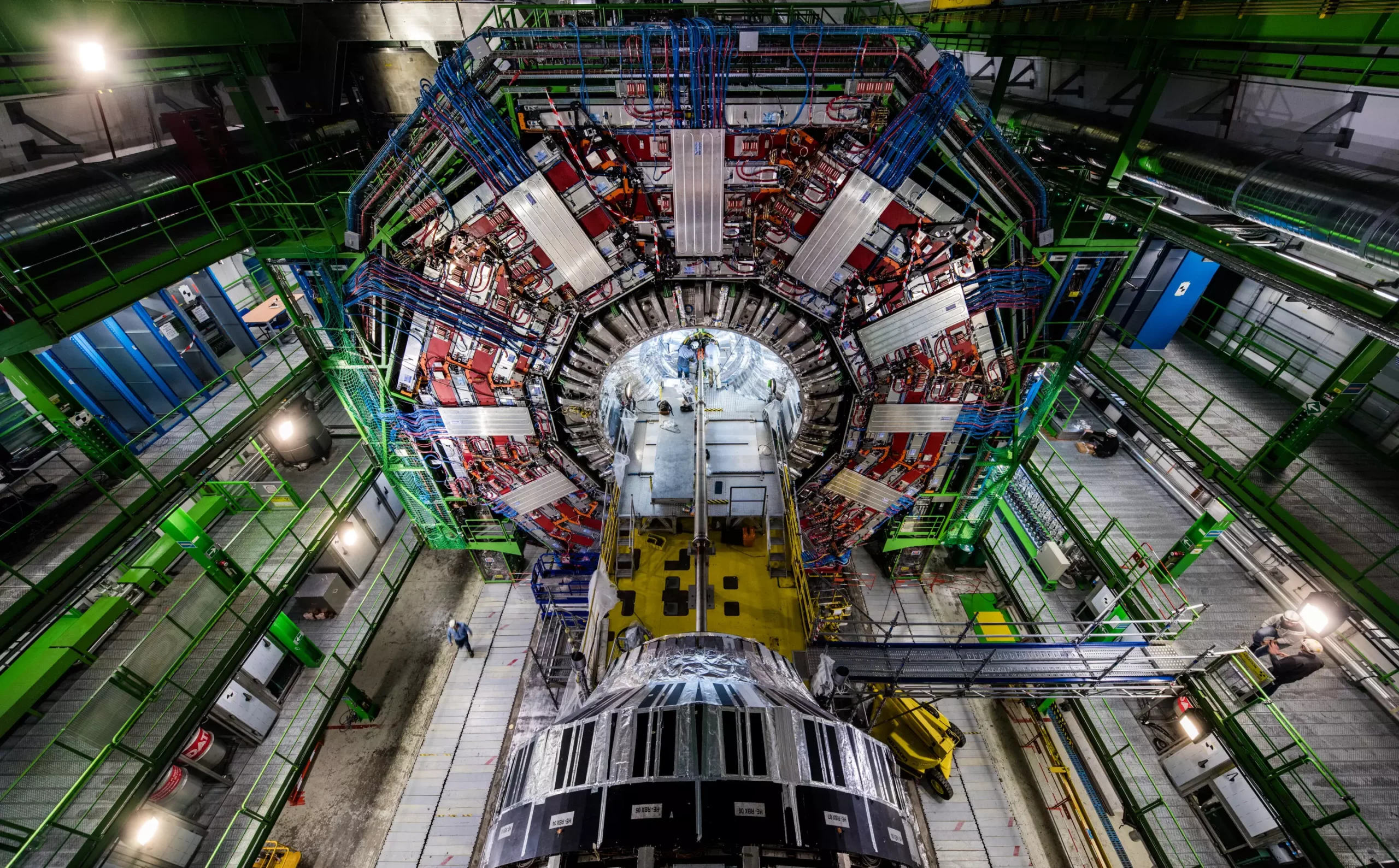The quest to understand the fundamental constituents of the universe has led physicists on a remarkable journey, exemplified by recent groundbreaking measurements of the W boson—a vital force-carrying particle within the framework of the Standard Model. In 2022, an unexpected measurement from the Collider Detector at Fermilab ignited speculation and debate among the scientific community. Fast forward to today, and the Compact Muon Solenoid (CMS) experiment at the Large Hadron Collider (LHC) has announced its own W boson mass measurement, employing innovative techniques that clarify previous uncertainties and enhance our understanding of this essential particle.
The CMS’s new measurement marks a significant advance in particle physics, being the first of its kind for this particular experiment. Drawing from an expansive dataset that includes around 300 million experimental events from the LHC’s 2016 run, combined with billions of simulated events, physicists meticulously reconstructed and analyzed more than 100 million W bosons. The resulting mass measurement of 80,360.2 ± 9.9 megaelectron volts (MeV) aligns closely with the Standard Model’s expectation of 80,357 ± 6 MeV.
This accomplishment is notable not only for its precision but also because it fills a gap left by years of exploration into the mass of the W boson, a particle integral to our understanding of the weak nuclear force. Patty McBride, a distinguished scientist at Fermilab and former CMS spokesperson, emphasized the significance of building upon the foundational work of the Collider Detector at Fermilab and other experiments, which has paved the way for this in-depth investigation.
Precision measuring in particle physics resembles a high-stakes balancing act. Understanding the W boson’s mass with such remarkable accuracy could unveil new dimensions in particle interactions and the fundamental laws of nature. The precision achieved in the CMS experiment—0.01%—is akin to measuring a 4-inch pencil to an accuracy of one-hundredth of an inch, a remarkable feat considering that the W boson is a fundamental entity with no physical size.
The implications of the mass being even slightly different from expected values are profound; it might suggest the existence of unknown particles or forces waiting to be discovered. As Anadi Canepa, the deputy spokesperson of CMS, eloquently stated, “The entire universe is a delicate balancing act.” Therefore, each small deviation could lead physicists into uncharted territory and expand our understanding of the cosmos.
A significant obstacle in measuring the W boson’s mass lies in the complexity of its decay process. Unlike other particles like the Z boson, which decays into detectable products, the W boson’s decay yields a challenging mix, including elusive neutrinos that escape detection. This necessitates inventive approaches to reconstructively infer the W boson’s mass from partial data, a task made more complicated by the inherent uncertainties surrounding neutrino measurements.
Prior to engaging in the real experimental analysis, researchers had to simulate numerous collision events to anticipate outcomes and refine methodologies. According to Josh Bendavid, a scientist involved in the CMS collaboration, the investigation required modeling minute factors, right down to the physical attributes of the detector, revealing an attention to detail that speaks volumes about the rigor of scientific inquiry.
The CMS’s unique design—characterized by its compact setup, specialized muon detectors, and powerful solenoid magnets—contributes significantly to its capability for intricate measurements. This design improves the analysis of charged particles while ensuring enhanced tracking of W boson decays.
To achieve lower uncertainties in their measurements, CMS physicists wisely decided to develop new analytical techniques that rely solely on actual W boson data, bypassing the need for indirect references via Z bosons. This methodological evolution represents a significant advancement in collider physics and illustrates the importance of integrating theoretical understanding with experimental data.
As researchers conclude their extensive analyses and refine their techniques, the potential for further discoveries grows exponentially. The CMS’s latest results promise a clearer roadmap for critical measurements pertaining to other essential particles, including the Higgs boson. With an ever-evolving understanding of particle physics and the cosmos, scientists are not merely spectators but explorers on the frontier of knowledge. The study of the W boson’s mass is not just a meticulous exercise in precision; it showcases humanity’s relentless pursuit of understanding the underpinnings of the universe, leading us toward a deeper comprehension of existence itself.


Leave a Reply